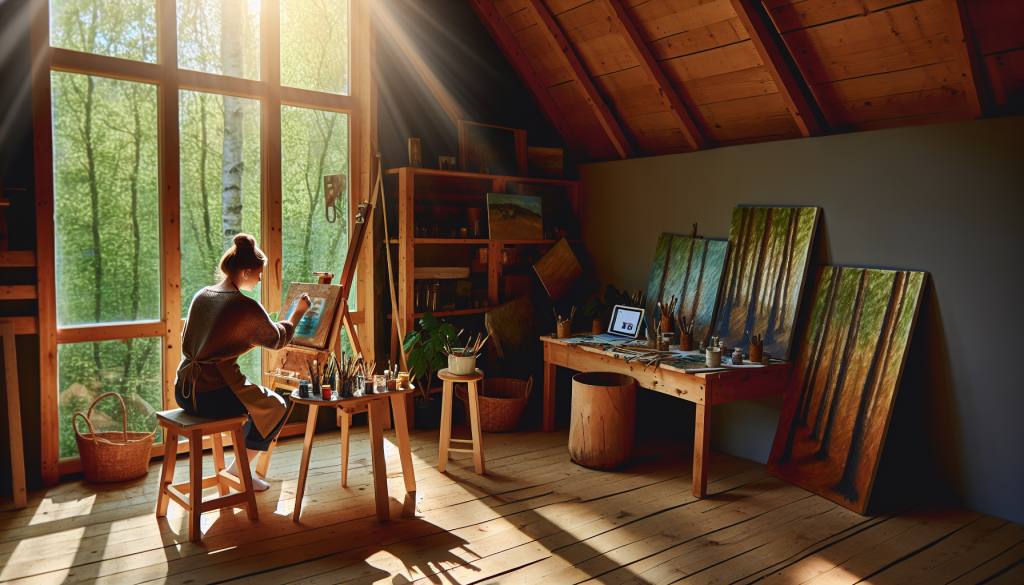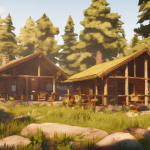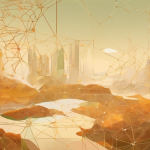
AI and Creativity: Partners, Not Competitors in the Arts
In a world where an AI-generated artwork sold for $432,500 at Christie’s, it’s clear that generative AI is revolutionizing creative expression across all artistic domains. But what does this mean for human creativity in 2025?
The most compelling insight from this transformation isn’t that AI will replace artists—it’s that we’re witnessing the emergence of a powerful creative partnership between humans and machines.
The most promising future for AI in creative fields is collaborative—where AI handles technical aspects and expands possibilities while humans provide direction, emotional depth, and meaning.
This collaboration is already reshaping how artists work:
- Artists use AI to rapidly prototype ideas and explore concepts
- Musicians leverage AI for composition and production assistance
- Writers employ AI to overcome blocks and generate alternative narratives
While AI excels at pattern recognition and technical execution, it fundamentally lacks the emotional depth, lived experience, and intentionality that make human creativity profound. As Dr. Sarah Chen from Stanford notes, “AI can mimic styles and patterns, but it can’t create from a place of genuine emotion or lived experience.”
For professionals concerned about AI’s impact on creative careers, adaptation is key. Developing prompt engineering skills, focusing on creative direction, and combining domain expertise with AI knowledge positions you to thrive in this new landscape.
The AI creative revolution isn’t just changing how art is made—it’s expanding who can participate in creative expression by lowering technical barriers and democratizing tools once reserved for specialists.
Read Oliver’s full deep dive here
How are you leveraging AI in your creative process, and what uniquely human elements do you bring that AI cannot replicate?


